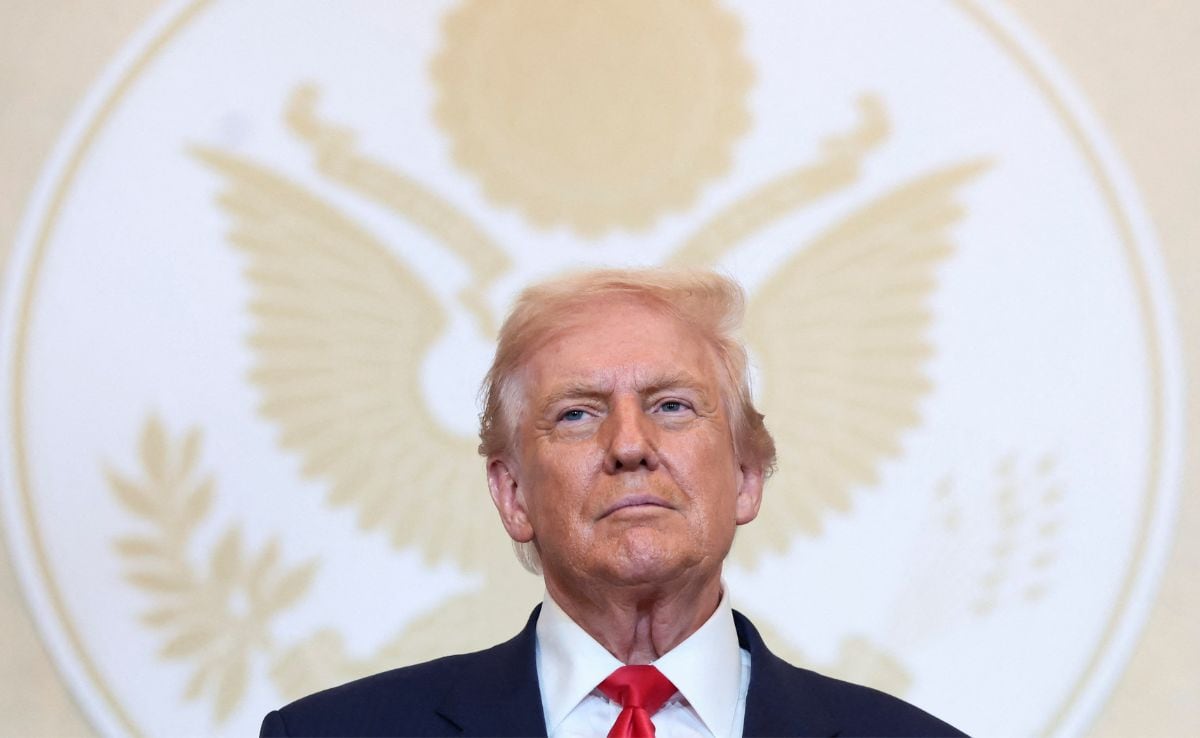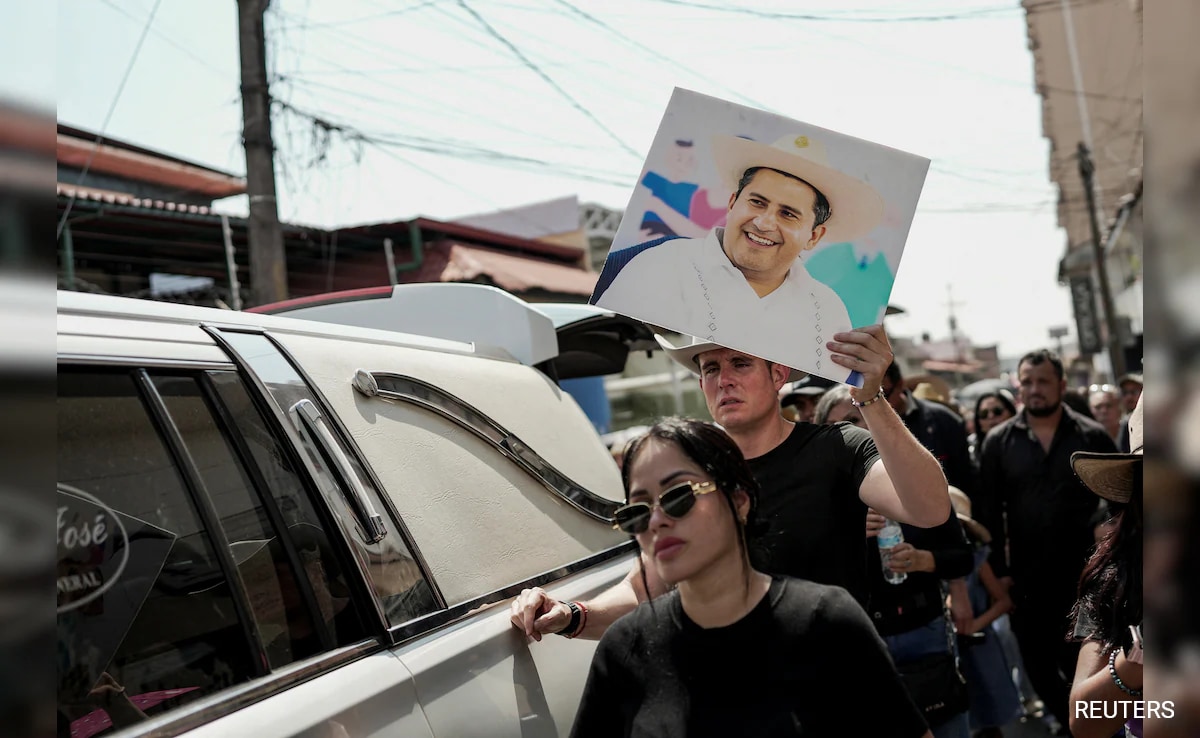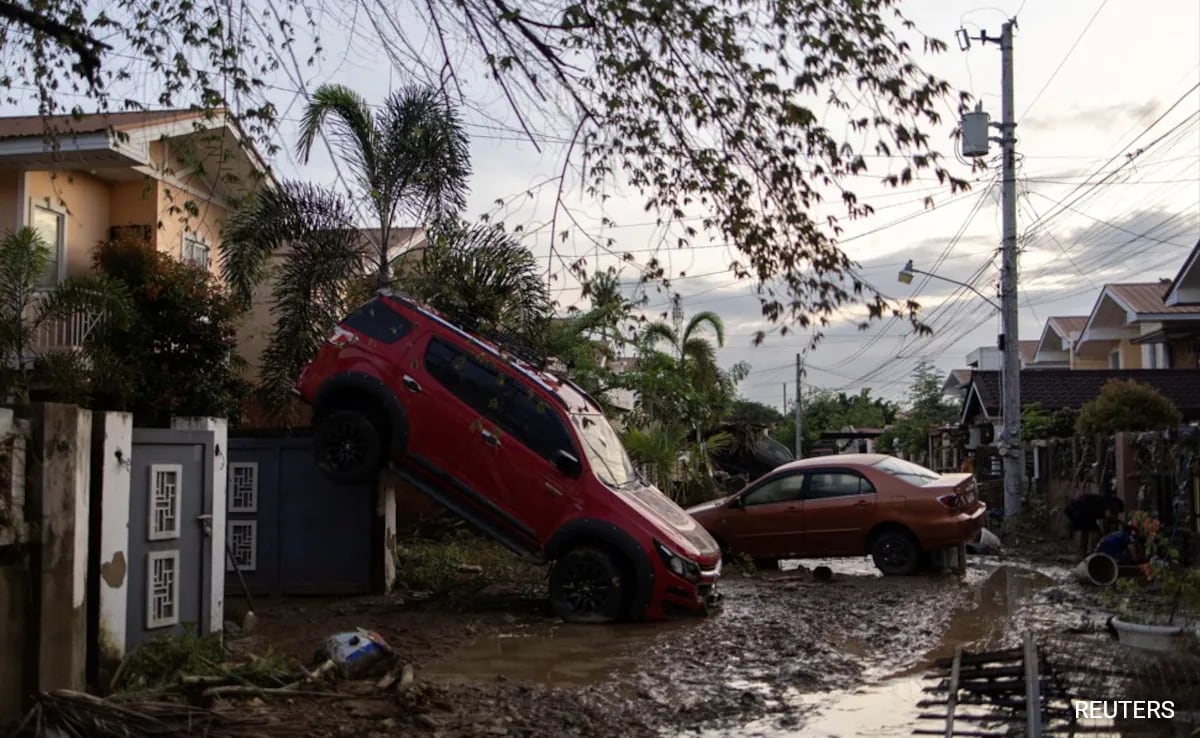As the 36-day campaign drew to a close, polls showed a tight race between Trudeauâs Liberals and Erin OâTooleâs Conservatives. The Liberals appeared to lead in the seat count, but much hinged on voter turnout and the fortunes of smaller parties that could play spoiler.
The vote Monday caps a campaign that many here felt was unnecessary, failed to inspire much enthusiasm and featured ugly scenes of protesters â many of them opposed to vaccines and vaccine mandates â screaming vulgarities at Trudeau and his family and at one point pelting him with gravel.
Trudeau, 49, came to power in 2015 with promises of âreal change,â casting himself as a feminist climate warrior and champion of liberal values. He has since been buffeted by scandals, including revelations that he wore blackface makeup as a younger man. His government was reduced to a minority in 2019.
But even with six years of baggage and broken promises under his belt, the race wasnât expected to be close.
Polls on the eve of the election call last month put Trudeau comfortably ahead of OâToole, 48, who had struggled to make an impression with voters since taking over the Conservative Party leadership last year.
But Trudeau misjudged the public appetite for a vote and ran a lackluster campaign. His rivals criticized him for calling an election during Canadaâs fourth pandemic wave â at a campaign stop in Ontario last week, OâToole called the decision âvain, risky and selfish.â Trudeau has failed to articulate why an election needed to happen now.
OâToole, meanwhile, ran a campaign that exceeded expectations, particularly in the early weeks. His moderate platform targets working-class voters, features a version of a price on carbon and mostly shuns social conservative views to build a âbig blue tent.â
âWeâre not your dadâs Conservative Party anymore,â the former military helicopter navigator said at a campaign event in Quebec last week.
But in moving to the middle, OâToole has disavowed many of the pledges, including on climate and guns, that he made last year to secure the Conservative Party leadership. Back then, he branded himself a âtrue blueâ Conservative whoâd âtake back Canada.â His election campaign pivot now risks alienating his base and has given his foes ammunition to argue that heâll say anything to get elected.
The Liberals have turned to several traditional wedge issues, including gun control and abortion rights, to try to gain an edge. Theyâve also sought to leverage their support for mandatory vaccinations for federal civil servants and plane and train passengers, both of which poll well here. OâToole supports vaccines but says he wonât mandate them.
In the final days of the campaign, Trudeau has tried to make the vote a referendum on his management of the pandemic. He has attacked OâToole for last year endorsing the pandemic response of Jason Kenney, Albertaâs United Conservative Party premier.
Kenney, a former federal cabinet minister, declared his western province âopen for goodâ earlier this year. Now, amid a coronavirus wave that has overwhelmed Albertaâs health-care system, he has reversed course, announcing new restrictions last week and a vaccine passport system.
âThe choices that leaders make in a crisis matter,â Trudeau said in Montreal last week. âHalf-measures wonât do to fight this pandemic.â
The election will turn on familiar battlegrounds: the suburbs outside Toronto and Vancouver and the French-speaking province of Quebec.
Much could also hinge on the fortunes of other parties. The left-leaning New Democratic Party could split the progressive vote, and the insurgent right-wing Peopleâs Party of Canada could do the same for the conservative vote. A wild card is the separatist Bloc Québécois, which got a much-needed boost in a leaders debate.
During the debate, the moderator challenged Bloc leader Yves-François Blanchet over his support for the âdiscriminatoryâ Bill 21, a controversial provincial law that bars some public-sector workers from wearing religious symbols such as hijabs or yarmulkes at work in the name of secularism.
âThose laws are not about discrimination,â Blanchet said. âThey are about the values of Quebec.â
The question touched off a firestorm in the province, which is home to nearly a quarter of the seats up for grabs. Premier François Legault called the question âunacceptable.â The major federal party leaders called on the independent consortium that organized the debates to apologize.
Canadians donât vote directly for prime minister. Voters in each of the countryâs 338 electoral districts vote for a local candidate to represent them in the House of Commons. If one party gains a majority â 170 seats or more â its leader becomes prime minister.
If, as was expected Monday, no party reaches a majority, the incumbent prime minister gets the first shot at forming a new government but must rely on opposition party support to stay in power.
Federal election authorities said a record 5.78 million Canadians voted early, up more than 18 percent from 2019. Some 1.2 million Canadians voted by special ballot, a category that includes voting by mail, setting a record. Mail-in ballots wonât be counted until the day after the election, which could delay some results for several days.
The pandemic has created challenges for Elections Canada, which has had difficulty finding suitable polling locations and hiring enough workers. Spokeswoman Natasha Gauthier said that as of Sept. 16, the agency was short 28,000 workers.
Read more:
.png)











 English (United States) ·
English (United States) ·  Turkish (Turkey) ·
Turkish (Turkey) ·